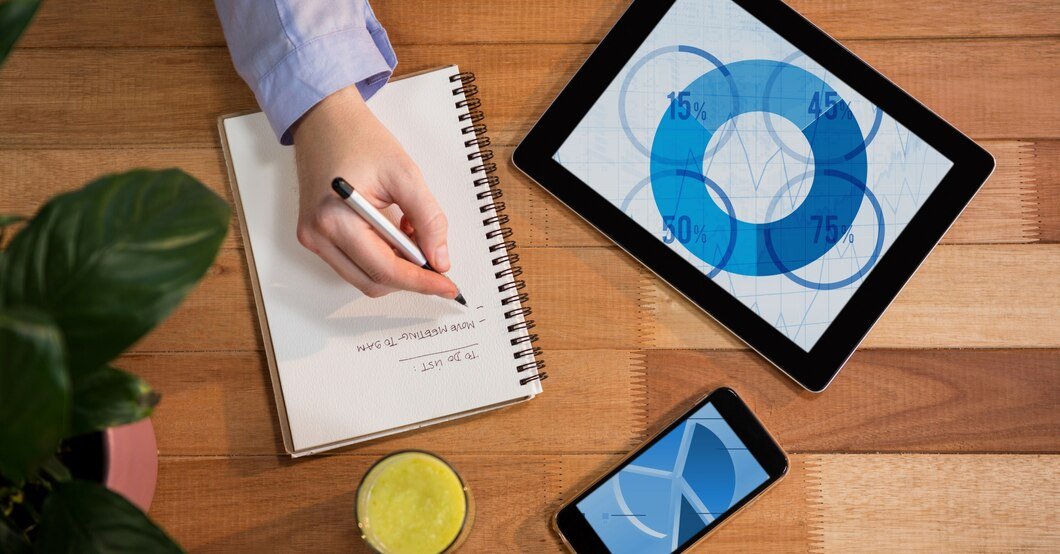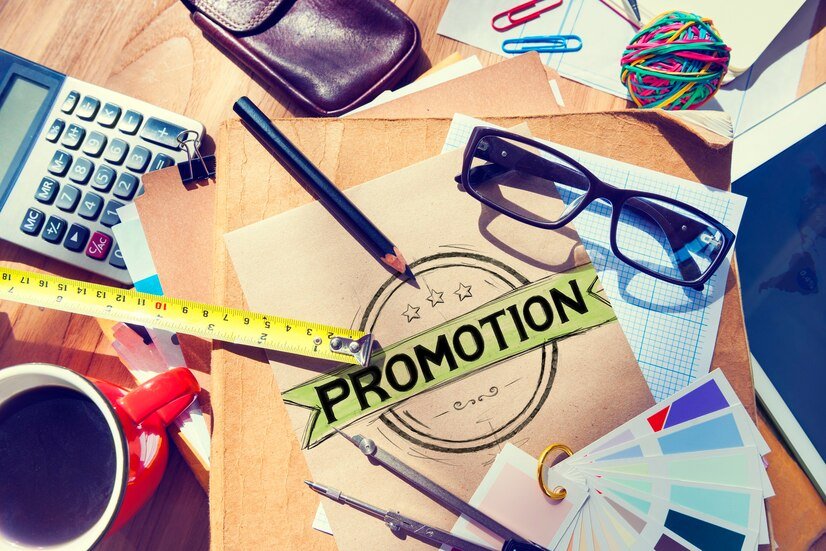Stay ahead of the curve with the top 10 brand design trends for 2025! Explore cutting-edge innovations in logo design, typography, color schemes, and AI-driven branding to elevate your business. Read more on TechsTribune!
As the digital landscape continues to evolve, brand design is no exception. Businesses must embrace new and innovative branding trends to stay relevant and captivating. Whether you’re a graphic designer, a business owner, or a marketing strategist, understanding the top brand design trends of 2025 will help you craft a memorable identity. In this article, we explore the most influential branding trends that are set to dominate the industry, ensuring your brand remains ahead of the competition.
Let’s dive into the branding strategies that will shape the future of design!
AI-Powered Branding
Artificial intelligence (AI) is transforming brand identity like never before. AI-driven design tools can generate unique logos, suggest color palettes, and personalize branding elements based on consumer behavior. Businesses leveraging AI branding will achieve greater efficiency and creativity in their brand design.
Why It Matters:
- AI tools like DALL·E and Midjourney create innovative brand visuals.
- Personalized branding elements for targeted audiences.
- Cost-effective and time-saving solutions for brand development.
Bold and Experimental Typography
Typography plays a crucial role in visual branding. In 2025, expect to see more bold, oversized, and artistic fonts that push the boundaries of traditional design. Custom fonts and variable typefaces will give brands a unique personality.
Why It Matters:
- Enhances brand recognition and uniqueness.
- Custom fonts help in storytelling and emotional connection.
- Works well with modern web design and social media branding.
Nostalgic & Retro Branding
The resurgence of nostalgic branding continues to make waves. Vintage aesthetics, retro color palettes, and 90s-inspired designs are bringing familiarity and warmth to modern branding efforts.
Why It Matters:
- Evokes emotions and brand loyalty.
- Stands out in the sea of minimalistic designs.
- Works well with industries like fashion, food, and entertainment.
Maximalist Design Approach
Gone are the days of minimalism—maximalism is making a comeback in brand identity design. Expect vibrant colors, layered elements, and eclectic compositions that make brands pop.
Why It Matters:
- Creates a bold brand personality.
- More engaging for social media and digital marketing.
- Offers creative freedom for storytelling.
3D and Immersive Design
With the rise of virtual reality (VR) and augmented reality (AR), brands are incorporating 3D elements into their designs. 3D logos, animations, and interactive experiences enhance consumer engagement.
Why It Matters:
- Boosts interaction and engagement.
- Enhances brand storytelling.
- Ideal for industries like gaming, e-commerce, and tech.
Sustainable and Eco-Friendly Branding
Sustainability is no longer just a buzzword—it’s a necessity. Brands are adopting eco-conscious designs, biodegradable packaging, and green color palettes to align with environmental values.
Why It Matters:
- Builds trust with eco-conscious consumers.
- Enhances corporate social responsibility (CSR).
- Increases brand credibility.
Dark Mode & Neon Aesthetics
As dark mode UI gains popularity, brands are adapting by using neon accents, vibrant contrasts, and deep color schemes to make their visuals stand out.
Why It Matters:
- Reduces eye strain for digital users.
- Modern and futuristic appeal.
- Ideal for tech brands, gaming, and digital platforms.
Motion Branding & Dynamic Logos
Static branding is becoming outdated. Brands are now focusing on animated logos, GIFs, and dynamic typography to create a more engaging experience.
Why It Matters:
- Increases brand engagement on social media.
- Works well with video content and digital campaigns.
- Enhances brand storytelling.
Authentic Hand-Drawn Illustrations
Hand-drawn elements bring authenticity to brand visuals. In 2025, expect more brands to incorporate custom illustrations, doodles, and artistic sketches in their designs.
Why It Matters:
- Adds a personal and human touch.
- Differentiates brands from stock imagery and templates.
- Perfect for branding in creative industries.
Inclusive and Accessible Design
Accessibility and inclusivity are at the forefront of brand strategy. Brands are focusing on color contrast, readable fonts, and inclusive imagery to ensure their brand message is accessible to all.
Why It Matters:
- Expands audience reach.
- Complies with global accessibility standards.
- Creates a positive brand image.
Conclusion
The brand design trends for 2025 emphasize innovation, inclusivity, and creativity. Whether it’s embracing AI-powered branding, adopting bold typography, or incorporating sustainable design elements, staying ahead of these trends is essential for building a successful brand.
At TechsTribune, we strive to keep you updated on the latest developments in branding, design, and technology. By implementing these branding strategies, your business can stay ahead in the competitive market and create a strong, lasting impression.
FAQs
1. What are the most important brand design trends for 2025?
The most important trends include AI-driven branding, bold typography, maximalism, sustainable design, and motion branding.
2. How does AI impact brand identity?
AI branding tools help create unique logos, suggest color schemes, and personalize branding elements based on consumer preferences.
3. Why is sustainability important in branding?
Consumers prefer brands that align with environmental values, making eco-conscious branding essential for trust and credibility.
4. What industries benefit most from 3D and immersive branding?
Industries like gaming, tech, e-commerce, and entertainment benefit the most from 3D logos, animations, and interactive experiences.
5. How can businesses implement inclusive and accessible branding?
By using readable fonts, high-contrast colors, and diverse imagery, brands can ensure accessibility for a broader audience.












